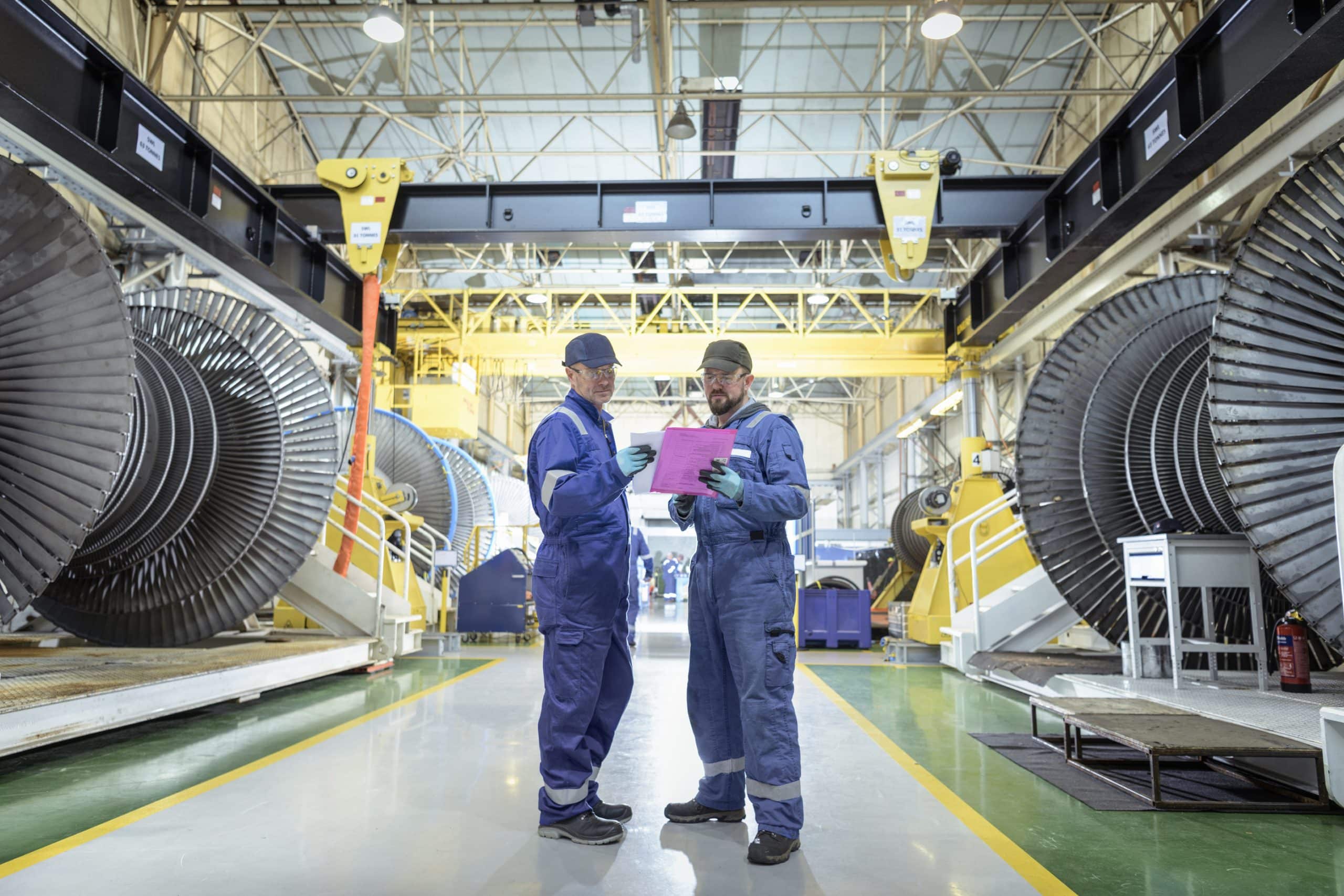How to Plan for Long-Term Maintenance of High-Rise Buildings in the UK?

The United Kingdom, particularly London, has a significant number of high-rise buildings. These towering structures are architectural landmarks that do not just add to the aesthetic value of the city but also provide valuable residential and commercial spaces. However, the long-term maintenance of these tall buildings is a complex, costly, and essential task that requires careful planning and execution. This article will guide you through the various aspects of planning for the long-term maintenance of high-rise buildings in the UK, including design considerations, energy management, fire safety, access to facilities, and residential services.
Incorporating Maintenance Considerations in the Building Design
A good design is the bedrock of a high-rise building that is easy to maintain over the long term. Therefore, it is paramount to incorporate maintenance considerations right from the design stage.
This might interest you : What Are the Tax Implications for Converting Commercial Properties to Residential Use in the UK?
When designing a high-rise, consider the use of materials that can withstand the test of time and environmental elements. The design should also facilitate easy access to all parts of the building for regular inspections and repairs. It is beneficial to use a modular design that allows for sections of the building to be worked on without disturbing other areas. Also, think about the space needed for storage and movement of maintenance equipment within the building. The building should be built to accommodate future technological advancements and changes in regulations.
For example, the rise in the use of renewable energy technologies such as solar panels necessitates the need for buildings to have provisions for their installation and maintenance.
Have you seen this : How to Develop Real Estate in UK Flood Plains with Minimized Risk?
Energy Management in High-Rise Buildings
Energy management is a crucial aspect of planning for the long-term maintenance of high-rise buildings. Proper energy management not only helps to reduce operational costs but also contributes to the sustainability of these buildings.
High-rise buildings consume a significant amount of energy due to the services they provide, such as air conditioning, lighting, heating, and water supply. Therefore, controlling and optimizing energy use should be a key focus area in the maintenance plan.
To achieve this, the installation of energy-efficient appliances and systems is recommended. Regular monitoring and maintenance of the energy systems are also essential to ensure that they are working efficiently and safely. In addition, the integration of renewable energy sources, such as solar power, can help to reduce reliance on the grid, thus saving costs and promoting sustainability.
Fire Safety and Access to Facilities in High-Rise Buildings
Fire safety in high-rise buildings is of paramount importance considering the potential for significant loss of life and property. Therefore, a robust fire safety strategy should be integrated into the long-term maintenance plan.
This requires regular inspection and maintenance of fire safety systems, including fire alarms, sprinklers, and emergency lighting systems. The building design should incorporate fire-resistant materials and fire separation elements such as fire doors and walls.
Access to facilities is another critical aspect of planning for high-rise building maintenance. The occupants should have easy access to essential facilities such as elevators, staircases, and utility services. Regular maintenance and timely repairs of these facilities are vital to ensure their proper functioning and to avoid inconveniences to the occupants.
Residential Services and Space Management in High-Rise Buildings
High-rise buildings, especially residential towers, require an array of services to ensure the comfort and satisfaction of their occupants. These services range from waste management to security, cleaning, and recreational facilities.
Effective management of these services involves regular inspections to identify any issues, keeping open lines of communication with service providers, and ensuring timely resolution of any problems. Additionally, the use of technology can help in the efficient management of these services. For instance, automated waste collection systems can improve waste management while security systems can enhance building safety.
Space management is also a crucial aspect of planning for the long-term maintenance of high-rise buildings. As high-rises are often limited in space, ensuring that every square foot is put to good use is essential. This involves strategic space planning, careful allocation of facilities and services, and regular updates to meet changing needs.
Construction and Maintenance of High-Rise Buildings: A Continuous Process
The construction of high-rise buildings is not a one-time task but a continuous process that extends into their long-term maintenance. It is essential to have a comprehensive maintenance plan that accounts for all aspects of the building’s lifecycle to ensure its longevity and functionality.
The plan should include regular inspections, preventive maintenance, and timely repairs. It should also factor in the needs of the building’s occupants and changes in building codes and regulations. Furthermore, the maintenance plan should consider the impact of the building on the environment and aim to minimize its carbon footprint.
In conclusion, planning for the long-term maintenance of high-rise buildings in the UK is a complex task that requires a comprehensive approach. By considering the design, energy management, fire safety, access to facilities, residential services, and space management, it is possible to ensure that these towering structures continue to serve their purpose effectively and safely for many years to come.
Implementing a Comprehensive Maintenance Strategy for High-Rise Buildings
Implementing a comprehensive maintenance strategy for high-rise buildings is crucial to ensure their longevity and functionality. This strategy should encompass all aspects of building upkeep, including mechanical, electrical, and plumbing systems, structural integrity, building envelope, and life safety systems.
Mechanical, electrical, and plumbing systems are the lifeblood of modern high-rise buildings. Regular preventive maintenance, which includes routine inspections, cleaning, and minor repairs, can help prolong the life of these systems and reduce the risk of sudden, costly breakdowns.
The structural integrity of the building is of paramount importance. Regular inspections can help identify and address any signs of structural distress, such as cracks or deformations, before they escalate and significantly compromise the building’s stability.
The building envelope, which includes elements like the roof, windows, and exterior walls, plays a crucial role in maintaining the building’s energy efficiency and protecting it from the elements. Regular maintenance, such as cleaning and sealing, can help maintain the building envelope’s performance over time.
Life safety systems, such as fire suppression and alarm systems, emergency lighting, and evacuation routes, are vital for the safety of the building’s occupants. Regular testing and maintenance of these systems can help ensure that they are always ready to perform in the event of an emergency.
Property Management and Service Charges in High-Rise Buildings
Property management is another integral aspect of the long-term maintenance of high-rise buildings. Engaging a professional property management team can help streamline the maintenance operations and ensure that the building is always in top condition.
The property management team is responsible for coordinating all maintenance activities, liaising with service providers, and ensuring compliance with relevant laws and regulations. They also play a critical role in managing service charges, which are the fees paid by the building’s occupants for the provision of services and the upkeep of common areas.
Service charges should be transparent and fair, reflecting the actual costs of providing the services. They should be regularly reviewed and adjusted as necessary to ensure that they continue to provide value for money. The property management team should also strive to negotiate the best possible deals with service providers to help keep the service charges as low as possible.
Conclusion
In conclusion, the long-term maintenance of high-rise buildings in the UK is a complex task that demands a comprehensive and proactive approach. From the design and construction stages, through energy management, fire safety, facilities management, residential services, space management, and finally, to the implementation of a thorough maintenance strategy and effective property management, every step plays a crucial role in ensuring the building’s longevity and functionality.
Regular inspections and preventive maintenance are key to keeping high-rise buildings in top condition and ensuring the safety and comfort of their occupants. Additionally, the use of energy-efficient technologies and renewable energy sources can help reduce operational costs and minimize the environmental impact of these buildings.
Planning for long-term maintenance is not a one-off task but an ongoing process that requires constant review and adjustment to meet changing needs and new challenges. By adhering to this comprehensive approach, it is possible to ensure that high-rise buildings continue to stand tall and serve their purpose effectively and safely for many years to come.
